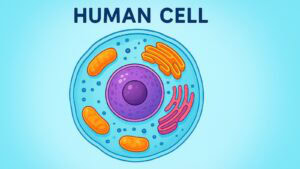Table of Contents
Introduction to Rosaceae Fruits & Phytochemical Power
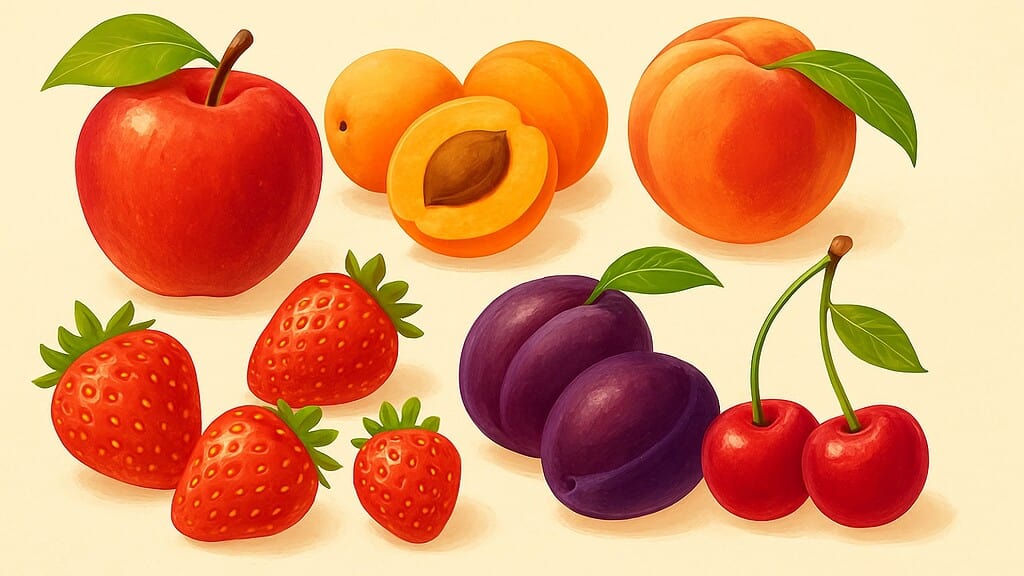
The Rosaceae fruits are one of nature’s most remarkable fruit families. These botanical treasures have shaped human nutrition for millennia, offering far more than simple sweetness or refreshing tartness. Rosaceae fruits contain an intricate symphony of bioactive compounds that transform ordinary eating moments into wellness experiences.
Within each bite of these familiar fruits lies a complex network of phytochemicals. Anthocyanins paint deep reds and purples while delivering anti-inflammatory protection. Quercetin strengthens cellular defenses against oxidative stress. Ellagic acid provides potent antioxidant activity that researchers continue to explore with growing fascination.
The botanical roots of Rosaceae fruits trace back through evolutionary history. This diverse family encompasses everything from crisp apples to delicate strawberries, each variety carrying unique phytochemical signatures. These compounds don’t merely exist as passive nutrients—they actively shape flavor profiles, create distinctive aromas, and influence the sensory experience that makes each fruit memorable.
Modern research reveals how these phytochemicals work beyond basic nutrition. They interact with human physiology in ways that support cardiovascular health, enhance immune function, and promote cellular repair mechanisms. The science behind Rosaceae fruits demonstrates why ancient wisdom about eating diverse, colorful foods aligns perfectly with contemporary nutritional understanding.
Table 1: Rosaceae Fruits Compared to Other Major Fruit Families
| Fruit Family | Primary Phytochemicals | Health Focus Areas | Flavor Characteristics | Growing Regions |
|---|---|---|---|---|
| Rosaceae Fruits | Quercetin, anthocyanins, ellagic acid, catechins | Heart health, anti-inflammation, antioxidant support | Sweet-tart balance, floral notes | Temperate climates worldwide |
| Vitaceae Fruits | Resveratrol, proanthocyanidins, tartaric acid | Cardiovascular protection, skin health | Sweet to tart, complex tannins | Mediterranean, temperate regions |
| Rutaceae Fruits (Citrus) | Hesperidin, limonene, citric acid, vitamin C | Immune support, collagen synthesis | Acidic-sweet, citrus oils | Subtropical, tropical zones |
| Musaceae Fruits | Dopamine, catecholamines, resistant starch | Mood support, digestive health | Sweet, mild tropical | Tropical regions globally |
| Anacardiaceae Fruits | Anacardic acid, gallotannins, urushiols | Anti-microbial, inflammation modulation | Sweet-resinous, sometimes astringent | Tropical, subtropical areas |
| Cucurbitaceae Fruits | Cucurbitacins, carotenoids, citrulline | Hydration, anti-inflammatory effects | Mild-sweet, high water content | Warm climates, seasonal |
1. Apples: Rosaceae Fruits With Quercetin and Its Benefits
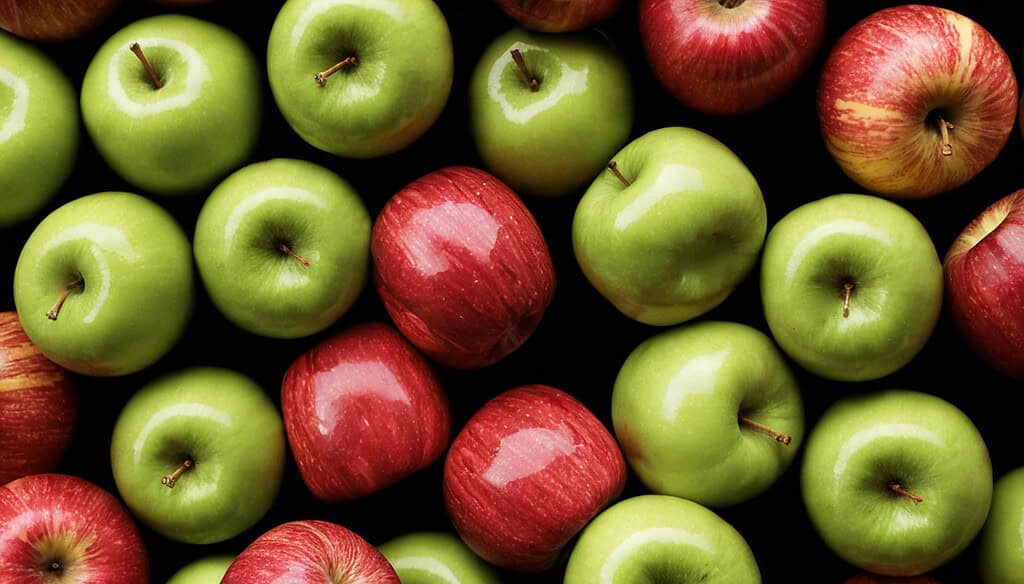
The apple represents perhaps the most studied member of the Rosaceae fruits family. Each crisp bite delivers a carefully orchestrated blend of phytochemicals that work together to create both sensory satisfaction and health benefits. The distinctive crunch and balanced sweetness result from complex interactions between natural sugars and phenolic compounds.
Quercetin emerges as the star phytochemical in apples. This flavonoid concentrates primarily in apple peels, where it contributes to the fruit’s protective outer layer. Research indicates that quercetin supports cardiovascular health through multiple pathways, including blood pressure regulation and improved endothelial function. The compound also demonstrates anti-inflammatory properties that may benefit respiratory health during seasonal challenges.
Catechins add another layer of complexity to apple’s phytochemical profile. These polyphenolic compounds contribute to the subtle astringency that balances apple sweetness. They work synergistically with quercetin to enhance antioxidant capacity, creating a protective effect that extends beyond individual compound activity.
Chlorogenic acid rounds out apple’s primary phytochemical trio. This compound influences glucose metabolism and may support healthy blood sugar responses after meals. The presence of chlorogenic acid also contributes to apple’s characteristic browning when exposed to air, a natural oxidation process that demonstrates the compound’s reactivity and biological activity.
The interplay between these compounds creates apple’s unique sensory signature while delivering measurable health benefits. Studies suggest that regular apple consumption correlates with improved heart health markers and enhanced antioxidant status in human subjects.
Table 2: Apple Phytochemical Profile and Health Applications
| Phytochemical | Concentration Range | Primary Benefits | Sensory Contribution | Research Status |
|---|---|---|---|---|
| Quercetin | 4-56 mg per apple | Cardiovascular support, anti-inflammatory | Slight astringency, color stability | Extensively studied |
| Catechins | 8-20 mg per apple | Antioxidant activity, metabolic support | Subtle astringency, mouthfeel | Well-documented |
| Chlorogenic acid | 5-15 mg per apple | Blood sugar modulation, liver protection | Mild bitterness, browning reaction | Emerging research |
| Procyanidin B2 | 2-8 mg per apple | Vascular health, cognitive support | Tannin-like astringency | Ongoing studies |
| Phloridzin | 1-5 mg per apple | Glucose transport inhibition | Minimal taste impact | Specialized research |
2. Pears: Rosaceae Fruits With Flavonoids for Digestive Health
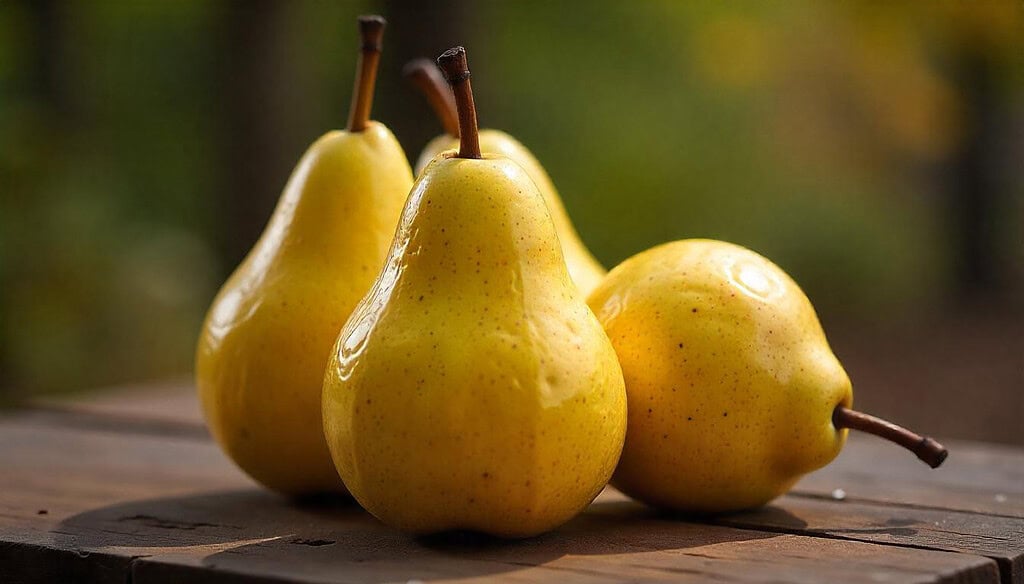
Pears offer a gentler introduction to Rosaceae fruits, with their characteristic grainy texture and subtle sweetness creating a unique eating experience. The distinctive mouthfeel comes from stone cells—specialized plant structures that also house important phytochemicals. This combination of texture and bioactive compounds makes pears particularly beneficial for digestive wellness.
Flavonoids in pears work differently than those found in other Rosaceae fruits. The main compounds consist of arbutin, chlorogenic acid, and several derivatives of quercetin. These molecules contribute to pear’s mild flavor profile while providing targeted support for digestive processes and urinary tract health.
Arbutin deserves special attention among pear’s phytochemicals. This compound demonstrates antimicrobial properties that may support urinary tract health. Traditional medicine systems have long recognized pears for these benefits, and modern research begins to validate these historical uses through controlled studies examining arbutin’s biological activity.
The fiber content in pears creates synergistic effects with their phytochemical profile. Soluble fiber works alongside flavonoids to support beneficial gut bacteria while promoting healthy digestion. This partnership between fiber and phytochemicals exemplifies how whole foods provide benefits that isolated compounds cannot match.
Pear consumption correlates with improved digestive comfort and enhanced gut microbiome diversity in observational studies. The gentle nature of pear’s phytochemicals makes them particularly suitable for individuals with sensitive digestive systems who may struggle with more intense Rosaceae fruits.
Table 3: Pear Phytochemical Profile and Digestive Health Benefits
| Phytochemical | Concentration Range | Digestive Benefits | Additional Properties | Research Applications |
|---|---|---|---|---|
| Arbutin | 2-12 mg per pear | Urinary tract support, antimicrobial | Mild astringency | Clinical trials ongoing |
| Chlorogenic acid | 3-18 mg per pear | Gut microbiome support, anti-inflammatory | Subtle bitter notes | Well-established |
| Quercetin derivatives | 1-8 mg per pear | Intestinal barrier support | Minimal taste impact | Expanding research |
| Catechin | 1-6 mg per pear | Prebiotic-like effects | Gentle astringency | Preliminary studies |
| Epicatechin | 0.5-4 mg per pear | Digestive enzyme modulation | Smooth mouthfeel | Emerging evidence |
3. Cherries: Rosaceae Fruits With Anthocyanins for Sleep & Recovery
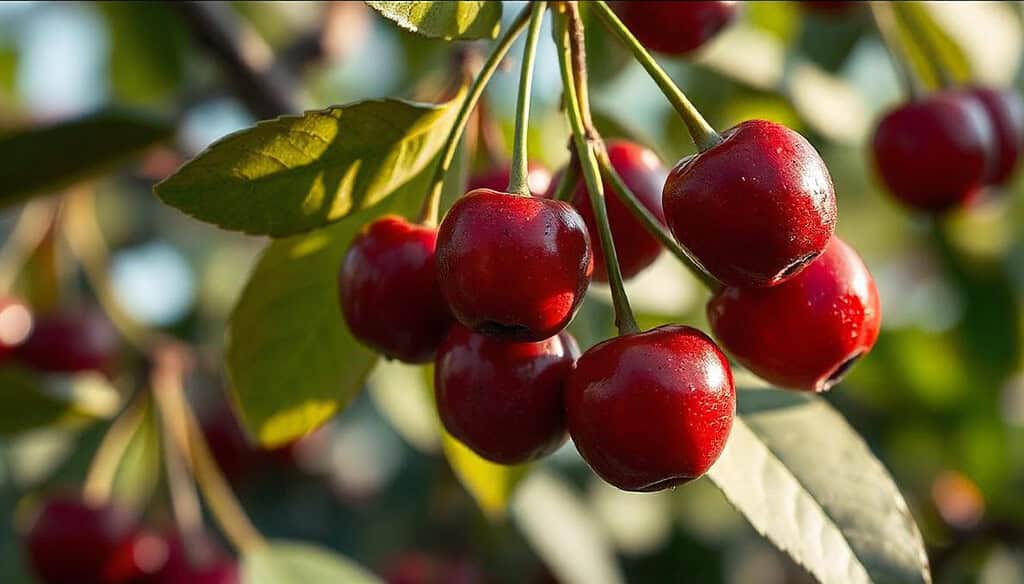
Cherries occupy a special place among Rosaceae fruits due to their remarkable concentration of anthocyanins and unique melatonin content. The deep red pigmentation signals the presence of powerful bioactive compounds that extend far beyond visual appeal. These phytochemicals create cherry’s distinctive tart-sweet flavor while providing targeted support for sleep quality and recovery processes.
Anthocyanins give cherries their stunning color palette, ranging from bright red to deep burgundy. These compounds belong to the flavonoid family but demonstrate unique properties that set them apart from other polyphenols. Research indicates that cherry anthocyanins support healthy inflammatory responses and may enhance exercise recovery through multiple biological pathways.
The presence of natural melatonin in cherries makes them particularly interesting from a chronobiology perspective. Tart cherries contain higher melatonin concentrations than sweet varieties, contributing to their reputation as natural sleep aids. This hormone works alongside anthocyanins to support circadian rhythm regulation and sleep quality improvements.
Cherry phytochemicals demonstrate synergistic effects when consumed as whole fruit rather than isolated compounds. The combination of anthocyanins, melatonin, and supporting phenolic compounds creates a complex matrix that enhances bioavailability and biological activity. This whole-food advantage explains why cherry consumption often produces more pronounced effects than individual supplement approaches.
Athletic populations show particular interest in cherry consumption for recovery support. Studies document reduced muscle soreness, improved sleep quality, and enhanced recovery markers following intense exercise when participants consume tart cherry products regularly.
Table 4: Cherry Phytochemical Profile and Recovery Benefits
| Phytochemical | Concentration Range | Recovery Benefits | Sleep Support | Athletic Applications |
|---|---|---|---|---|
| Cyanidin-3-glucoside | 15-45 mg per 100g | Anti-inflammatory, muscle recovery | Indirect through inflammation reduction | Extensively studied |
| Melatonin | 0.1-13.5 ng per g | Circadian rhythm support | Direct sleep quality improvement | Clinical evidence strong |
| Quercetin | 2-12 mg per 100g | Exercise-induced oxidative stress | Sleep-wake cycle stability | Ongoing research |
| Chlorogenic acid | 5-25 mg per 100g | Metabolic recovery support | Indirect benefits | Preliminary studies |
| Neochlorogenic acid | 3-15 mg per 100g | Cellular repair processes | REM sleep enhancement | Emerging research |
4. Peaches: Rosaceae Fruits With Carotenoids and Skin Vitality

Peaches bring a tropical sensuality to the Rosaceae fruits family through their velvety skin, juicy flesh, and intoxicating floral aroma. The golden-orange coloration signals high carotenoid content, while the complex flavor profile indicates a rich phytochemical matrix working to support both sensory pleasure and skin health.
Carotenoids dominate peach’s phytochemical landscape, with beta-carotene leading the pack. These compounds serve dual purposes: creating visual appeal and providing precursors for vitamin A synthesis. The bioavailability of carotenoids in peaches benefits from the fruit’s natural oil content and fiber matrix, which enhance absorption compared to synthetic alternatives.
The relationship between peach consumption and skin health extends beyond simple carotenoid content. Caffeic acid and other phenolic compounds work alongside carotenoids to support collagen synthesis and protect against UV-induced cellular damage. This combination creates a natural approach to skin vitality that works from within rather than through topical application alone.
Peach’s distinctive aroma comes from volatile organic compounds that often possess biological activity beyond their sensory contributions. These aromatic molecules may influence stress responses and mood regulation, though research in this area remains preliminary. The emotional response to peach fragrance demonstrates how phytochemicals engage multiple sensory pathways simultaneously.
Seasonal availability of fresh peaches creates natural consumption patterns that align with increased sun exposure during summer months. This timing suggests evolutionary adaptation where peak carotenoid availability coincides with maximum UV protection needs.
Table 5: Peach Phytochemical Profile and Skin Health Benefits
| Phytochemical | Concentration Range | Skin Benefits | Additional Properties | Seasonal Variation |
|---|---|---|---|---|
| Beta-carotene | 400-1500 μg per peach | UV protection, vitamin A precursor | Antioxidant activity | Higher in summer varieties |
| Lutein | 50-200 μg per peach | Eye health, skin elasticity | Blue light protection | Consistent across varieties |
| Caffeic acid | 1-8 mg per peach | Collagen support, anti-aging | Anti-inflammatory | Peak in fully ripe fruit |
| Chlorogenic acid | 2-12 mg per peach | Skin barrier function | Metabolic benefits | Varies with growing conditions |
| Neochlorogenic acid | 1-6 mg per peach | Cellular repair, hydration | Antioxidant synergy | Higher in organic cultivation |
5. Plums: Rosaceae Fruits With Polyphenols and Gut Wellness
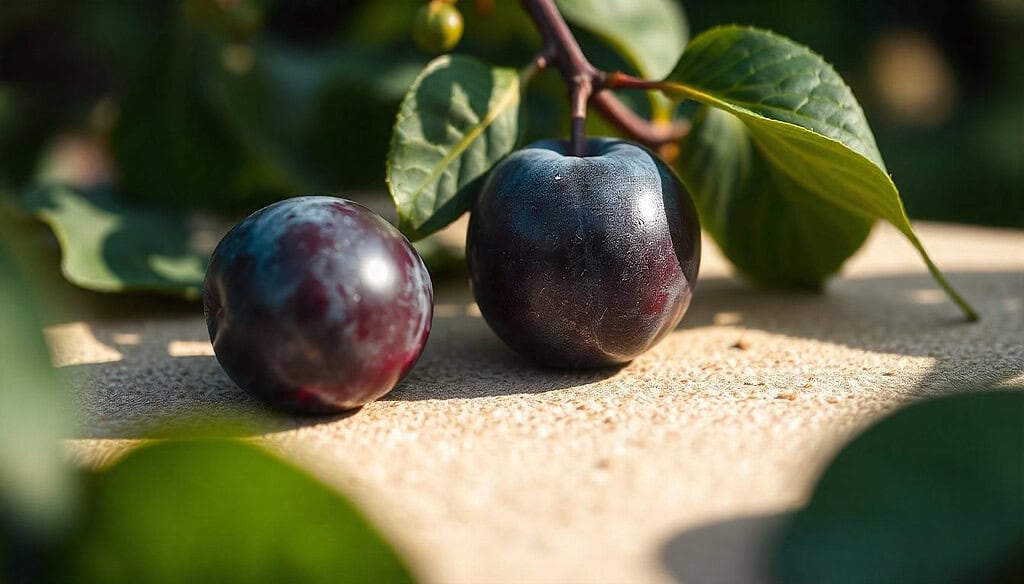
Plums showcase the diversity possible within Rosaceae fruits through their remarkable range of colors, flavors, and textures. From deep purple European varieties to golden Japanese types, each plum variety carries a unique phytochemical signature that contributes to gut health and digestive wellness. The complex interplay between polyphenols, natural sugars, and organic acids creates both sensory satisfaction and therapeutic potential.
The polyphenolic compounds found in plums offer benefits that go well beyond mere antioxidant properties. These molecules demonstrate prebiotic-like properties that support beneficial gut bacteria while inhibiting potentially harmful microorganisms. The fermentation of plum polyphenols by intestinal bacteria produces metabolites that benefit both local gut health and systemic inflammation responses.
Sorbitol content in plums creates natural laxative effects that support healthy elimination patterns. This sugar alcohol works alongside fiber and polyphenols to promote digestive regularity without the harsh effects associated with synthetic alternatives. The gentle nature of sorbitol makes plums particularly suitable for individuals seeking natural digestive support.
Neochlorogenic acid emerges as a particularly interesting compound in plum’s phytochemical profile. Research suggests this phenolic acid supports healthy gut barrier function while modulating inflammatory responses in intestinal tissues. The compound also demonstrates potential benefits for glucose metabolism and liver health.
The skin-to-flesh ratio in plums creates natural dosing variation for phytochemical intake. Smaller varieties provide higher relative concentrations of skin-based compounds, while larger plums offer more flesh-based nutrients. This natural variation allows consumers to select varieties based on individual health goals and preferences.
Table 6: Plum Phytochemical Profile and Gut Health Benefits
| Phytochemical | Concentration Range | Gut Health Benefits | Digestive Effects | Microbiome Impact |
|---|---|---|---|---|
| Neochlorogenic acid | 5-35 mg per plum | Intestinal barrier support | Gentle stimulation | Prebiotic-like activity |
| Cyanidin-3-glucoside | 2-25 mg per plum | Anti-inflammatory, gut protection | Tissue healing support | Beneficial bacteria growth |
| Sorbitol | 0.5-3g per plum | Natural laxative effect | Regularity promotion | Selective bacterial feeding |
| Quercetin | 1-8 mg per plum | Gut barrier integrity | Anti-inflammatory | Pathogen inhibition |
| Catechin | 1-12 mg per plum | Digestive enzyme modulation | Nutrient absorption | Microbial balance |
6. Apricots: Rosaceae Fruits With Beta-Carotene and Eye Health
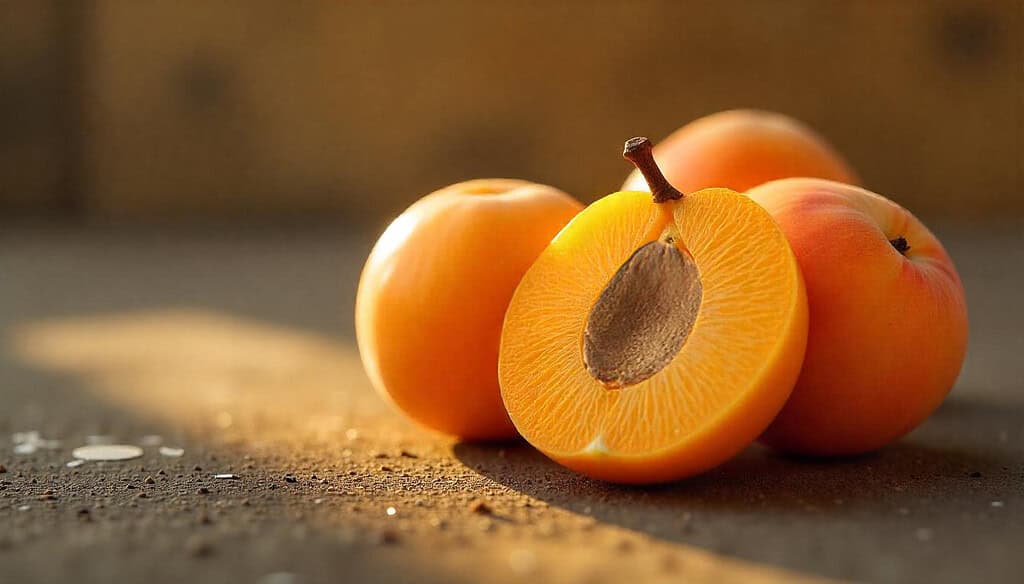
Apricots concentrate remarkable nutritional density within their compact size, making them jewel-like representatives of Rosaceae fruits. The vibrant orange coloration immediately signals high carotenoid content, while the delicate balance of sweetness and acidity indicates a sophisticated phytochemical profile supporting vision health and immune function.
Beta-carotene reaches impressive concentrations in fresh apricots, particularly those grown in Mediterranean climates with intense sunlight exposure. This carotenoid serves multiple biological functions: acting as a vitamin A precursor, providing antioxidant protection, and supporting healthy vision through macular pigment density enhancement.
The bioavailability of apricot carotenoids benefits from the fruit’s natural fat content and cellular structure. Unlike many carotenoid sources that require additional fats for optimal absorption, apricots provide a naturally balanced matrix that enhances uptake without additional preparation. This advantage makes apricots particularly valuable for individuals seeking convenient eye health support.
Catechins in apricots complement the carotenoid profile by providing additional antioxidant capacity and supporting healthy inflammatory responses. These polyphenolic compounds work synergistically with carotenoids to enhance overall protective effects while contributing to apricot’s subtle astringency and complex flavor development.
Phenolic acids round out apricot’s phytochemical trio, providing liver support and metabolic benefits that extend beyond eye health applications. The combination of carotenoids, catechins, and phenolic acids creates a comprehensive approach to cellular protection and healthy aging processes.
Table 7: Apricot Phytochemical Profile and Eye Health Benefits
| Phytochemical | Concentration Range | Eye Health Benefits | Additional Benefits | Bioavailability Factors |
|---|---|---|---|---|
| Beta-carotene | 1000-4000 μg per apricot | Macular protection, night vision | Immune support, skin health | Enhanced by natural fruit oils |
| Lutein | 100-400 μg per apricot | Blue light filtering, retinal health | Cognitive support | Improved with mild processing |
| Catechins | 2-15 mg per apricot | Vascular health in eyes | Cardiovascular benefits | Heat-stable compounds |
| Chlorogenic acid | 3-18 mg per apricot | Antioxidant protection | Metabolic support | Water-soluble, readily absorbed |
| Neochlorogenic acid | 2-12 mg per apricot | Cellular repair in retinal tissue | Anti-inflammatory | Synergistic with other phenolics |
7. Raspberries: Rosaceae Fruits With Ellagic Acid and Anti-Inflammation

Raspberries deliver intense flavor and remarkable phytochemical density through their unique aggregate fruit structure. Each tiny droplet contains concentrated bioactive compounds that create raspberry’s distinctive tartness while providing potent anti-inflammatory and antioxidant benefits. The delicate nature of raspberries reflects the sensitivity of their phytochemical content to environmental factors.
Ellagic acid stands as raspberry’s signature phytochemical, reaching concentrations that exceed most other food sources. This polyphenolic compound demonstrates remarkable stability despite raspberry’s delicate structure, suggesting evolutionary adaptations that protect these valuable molecules. Research indicates that ellagic acid supports healthy cellular division patterns and provides protection against oxidative DNA damage.
Anthocyanins create raspberry’s vibrant color while contributing to their tart flavor profile. These pigmented compounds work alongside ellagic acid to enhance anti-inflammatory responses and support cardiovascular health. The combination of anthocyanins and ellagic acid in raspberries creates synergistic effects that exceed the sum of individual compound activities.
Vitamin C content in raspberries reaches impressive levels that support both immune function and collagen synthesis. The natural ascorbic acid works synergistically with polyphenolic compounds to enhance antioxidant recycling and extend the biological activity of other phytochemicals. This partnership demonstrates why whole foods often provide superior benefits compared to isolated nutrients.
The fiber matrix in raspberries creates unique interactions with their phytochemical content. Soluble and insoluble fibers work together to modulate the release and absorption of bioactive compounds while supporting digestive health and beneficial gut bacteria growth.
Table 8: Raspberry Phytochemical Profile and Anti-Inflammatory Benefits
| Phytochemical | Concentration Range | Anti-Inflammatory Benefits | Antioxidant Capacity | Stability Factors |
|---|---|---|---|---|
| Ellagic acid | 15-150 mg per 100g | Cellular protection, DNA stability | High ORAC values | Heat and light stable |
| Cyanidin-3-glucoside | 10-45 mg per 100g | Vascular inflammation reduction | Potent radical scavenging | pH sensitive, best fresh |
| Quercetin | 3-15 mg per 100g | Histamine response modulation | Broad spectrum activity | Enhanced by other flavonoids |
| Catechin | 5-25 mg per 100g | Exercise-induced inflammation | Regenerative antioxidant | Stable in acidic conditions |
| Vitamin C | 25-35 mg per 100g | Immune system support | Antioxidant recycling | Rapidly degraded by heat |
8. Strawberries: Rosaceae Fruits With Anthocyanins and Heart Health
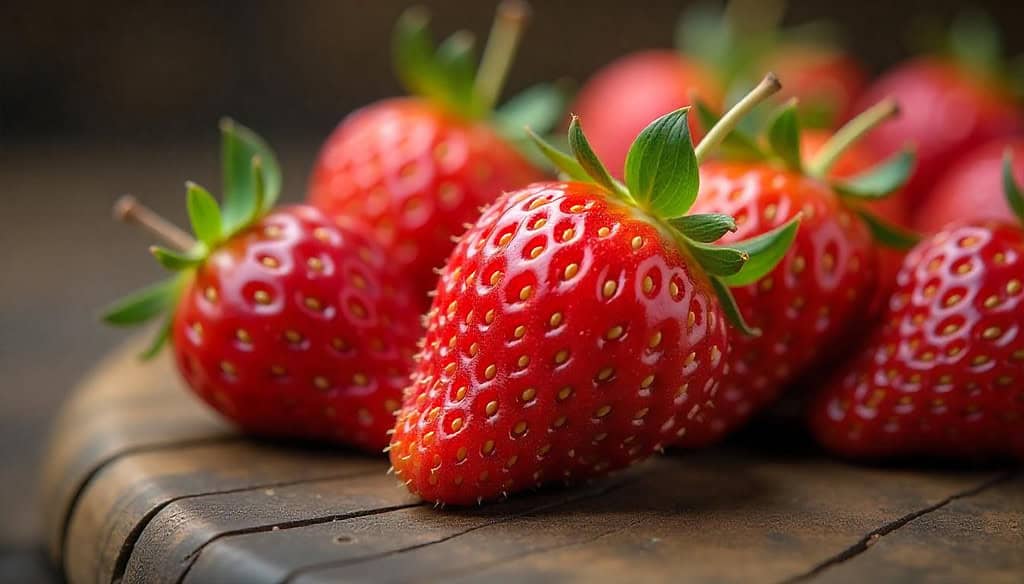
Strawberries capture hearts through their iconic shape, brilliant red color, and irresistible aroma that signals summer abundance. These beloved Rosaceae fruits contain a carefully balanced phytochemical profile that supports cardiovascular health while creating the sensory experience that makes strawberries universally appealing across cultures and age groups.
Anthocyanins in strawberries concentrate primarily in the outer red layer, creating the vibrant coloration that indicates ripeness and phytochemical maturity. These pigmented compounds demonstrate particular affinity for cardiovascular tissues, where they support healthy blood pressure, improve endothelial function, and enhance overall heart rhythm stability.
Ellagic acid partnerships with anthocyanins create strawberry’s unique therapeutic signature for heart health. This combination provides comprehensive cardiovascular protection through multiple pathways: reducing inflammatory markers, supporting healthy cholesterol ratios, and enhancing blood vessel flexibility. Clinical studies document measurable improvements in heart health markers following regular strawberry consumption.
Flavonoids beyond anthocyanins contribute to strawberry’s complex health benefits. Catechins, quercetin derivatives, and kaempferol work together to enhance the bioavailability and biological activity of primary compounds. This phytochemical teamwork exemplifies why whole fruit consumption often produces superior results compared to isolated supplement approaches.
The emotional connection many people feel toward strawberries may extend beyond simple taste preferences. Aromatic compounds in strawberries can influence mood and stress responses through olfactory pathways that connect directly to emotional centers in the brain. This mind-body connection adds another dimension to strawberry’s health benefits.
Table 9: Strawberry Phytochemical Profile and Heart Health Benefits
| Phytochemical | Concentration Range | Heart Health Benefits | Vascular Effects | Clinical Evidence |
|---|---|---|---|---|
| Pelargonidin-3-glucoside | 5-35 mg per 100g | Blood pressure support | Endothelial function improvement | Multiple clinical trials |
| Ellagic acid | 10-80 mg per 100g | Cholesterol management | Arterial flexibility | Well-documented |
| Catechin | 8-30 mg per 100g | Platelet aggregation modulation | Blood flow enhancement | Established research |
| Quercetin | 2-15 mg per 100g | Anti-inflammatory cardioprotection | Nitric oxide support | Ongoing studies |
| Kaempferol | 1-8 mg per 100g | Heart rhythm support | Calcium channel modulation | Emerging evidence |
Conclusion: The Wellness Promise of Rosaceae Fruits
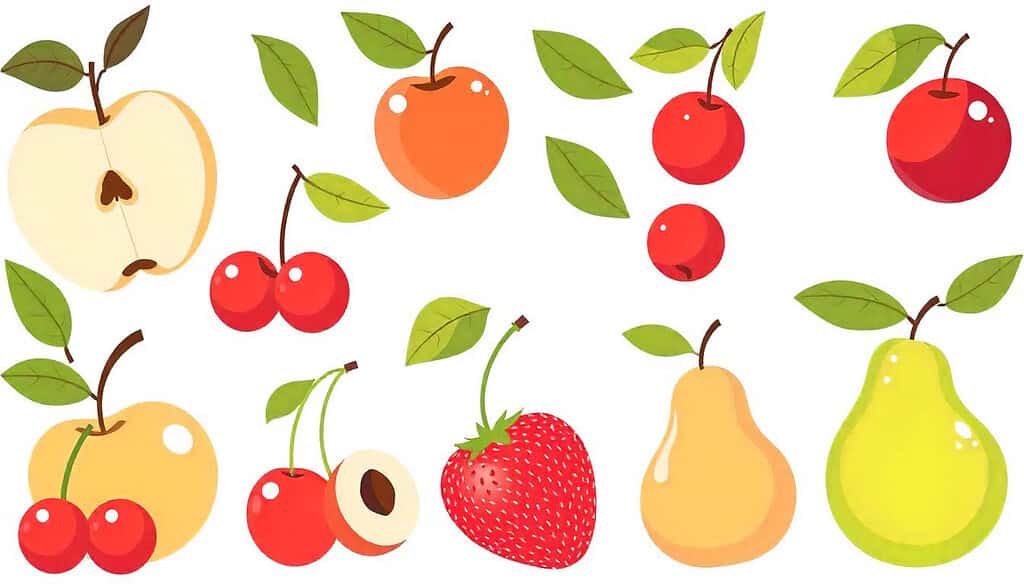
The journey through eight remarkable Rosaceae fruits reveals a tapestry of phytochemical complexity that extends far beyond simple nutrition. Each of these Rosaceae fruits brings unique bioactive signatures that support different aspects of human health while contributing to the sensory richness that makes eating both pleasurable and meaningful.
The diversity within the Rosaceae family demonstrates nature’s sophisticated approach to wellness support. From apple’s quercetin supporting heart health to cherry’s melatonin enhancing sleep quality, these fruits provide targeted therapeutic benefits wrapped in delicious, accessible packages. The phytochemical profiles work synergistically within each fruit while offering complementary benefits across the family.
Modern life often separates us from the natural rhythms and seasonal availability that once guided fruit consumption. Understanding the science behind Rosaceae fruits can help restore intentional eating patterns that align with both health goals and environmental sustainability. The concentration of beneficial compounds in these fruits justifies their prominent place in health-conscious diets.
Research continues to unveil new connections between the consumption of Rosaceae fruits and wellness outcomes. Emerging studies explore how these phytochemicals interact with human genetics, influence gut microbiome composition, and support healthy aging processes. The future promises an even deeper understanding of these remarkable botanical allies.
The integration of Rosaceae fruits into daily wellness rituals requires no complex preparation or exotic sourcing. These familiar fruits offer sophisticated therapeutic potential through simple, enjoyable consumption. Whether supporting heart health with strawberries, enhancing sleep with cherries, or promoting digestive wellness with pears, these fruits transform routine eating into proactive health management.
Table 10: Comprehensive Rosaceae Fruits Wellness Applications
| Health Focus Area | Optimal Fruit Choices | Key Phytochemicals | Consumption Timing | Synergistic Combinations |
|---|---|---|---|---|
| Heart Health | Strawberries, apples, cherries | Anthocyanins, quercetin | Daily, with meals | Combined with nuts or seeds |
| Sleep Quality | Cherries (tart varieties) | Melatonin, anthocyanins | Evening, 1-2 hours before bed | Paired with magnesium sources |
| Digestive Wellness | Pears, plums | Fiber, polyphenols, sorbitol | Between meals, morning | With probiotic foods |
| Skin Vitality | Peaches, apricots, raspberries | Carotenoids, vitamin C | Morning, before sun exposure | Combined with healthy fats |
| Eye Health | Apricots, peaches | Beta-carotene, lutein | Daily, consistent intake | With leafy green vegetables |
| Anti-Inflammation | Raspberries, cherries, strawberries | Ellagic acid, anthocyanins | Post-exercise, daily maintenance | With anti-inflammatory spices |
The wellness promise of Rosaceae fruits lies not in miraculous claims but in consistent, science-backed benefits delivered through foods that humans have treasured for millennia. These fruits represent the perfect intersection of pleasure and purpose, offering sophisticated health support wrapped in nature’s most appealing packages. Their continued presence in human diets reflects both evolutionary wisdom and contemporary scientific validation of their remarkable therapeutic potential.


